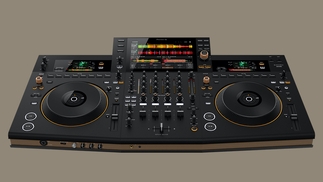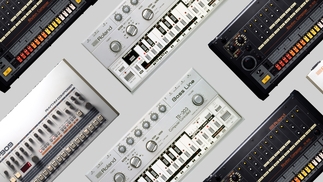REVIEW: LIVID BASE
The knob-free touch controller from Livid
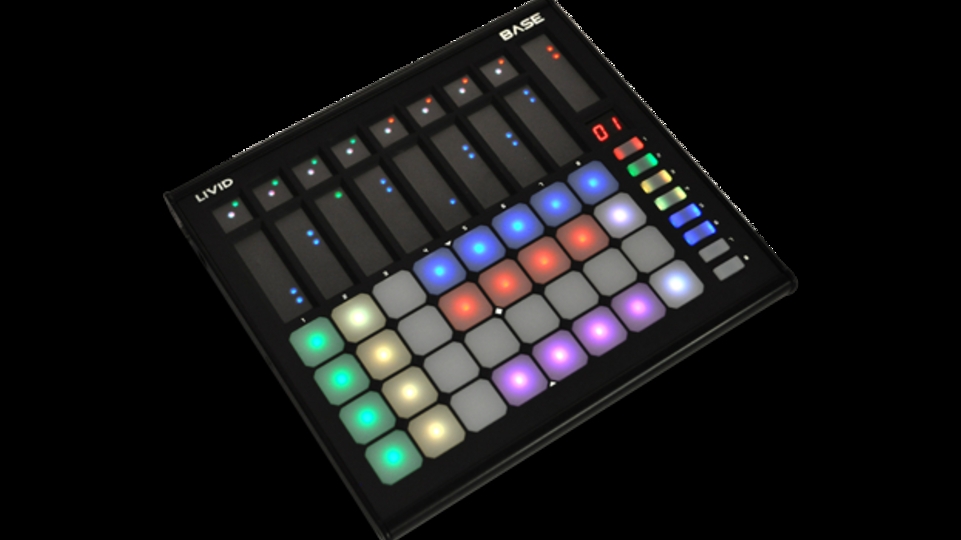
It's impossible to review any kind of DJ or studio controller without chucking in a few ‘Inbetweeners’-style knob-gags, so you can imagine my distress when this reviewer first unwrapped Livid's Base, an entirely touch-sensitive USB MIDI controller. Were they so desperate to be taken seriously that they'd deprive a lonely studio soul of his one puerile release? Actually no, there's a very good reason to go knob-free. Join me on a session of tender touching to find out...
Livid’s Base is one tasty-looking mother. A USB-powered MIDI controller, it comprises a matrix of 32 touch-sensitive pads (arranged in eight rows of four) with eight touch-sensitive strips, another touch-strip and a row of function buttons alongside the pads. It is not hard to spot a potential Ableton Live controller when you see one, and this is clearly reminiscent of Akai's APC40 and APC20, Ableton's own Push and Novation's Launchpad. The pads and function buttons are among the most responsive and sturdy DJ Mag has ever encountered on a controller
Every single button and control strip features RGB LED backlighting (with dotted meter lines to represent the current value on the strips). But wait — why no knobs? Well, firstly it is one less thing to break, spill drinks into or catapult into the crowd during a live show, and being completely solid state — and with a totally solid build quality — it would take more than casual neglect or overuse to make a dent.
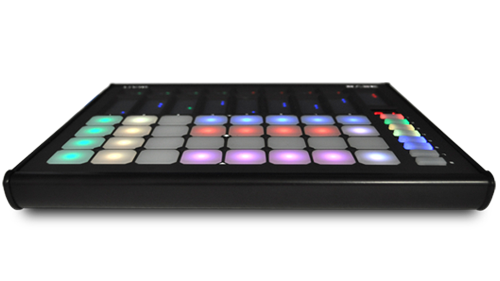
Far from being designed solely to avoid any potential damage, there is another reason to take away the knobs. Users will quickly find a whole new level of sensitivity when they start controlling filters, LFOs, levels, modulation and, of course, wet/dry controls with a touch-strip, meaning adapting and even adopting a different style of playing — new tools mean new techniques and new approaches.
It all sounds great, right? Well, it is actually pretty cool, as Base is 100% customisable. Seriously, it can be used to control anything, in any way, with the back-lights doing whatever the DJ/producer wants. Users can set what MIDI signal they send out, whether they are on/off type, velocity controlled, the velocity range, what colour things turn when they are hit, how bright they are, whether they stay lit according to whether the thing they are controlling is playing, or whether they change colour and stay lit and flash with the beat. Even the sliders can send out velocity and note data, offering completely new styles of play.Livid’s Base can be customized in any way that one could wish for.
Another selling point is that it can be set up so different controls broadcast on different MIDI channels. This allows lots of different plug-ins to be controlled at the same time, without having to mess around changing the MIDI broadcast channel. This alone should be more than enough to sell it to many live performers.
Now, after all that high praise, here comes the first (and only) downside. It is incredibly easy to program Base (via an HTML editor), but only if you know what the hell you are doing with MIDI. The sheer power and depth of this thing is such that most people will just stop and stare, try changing a few things and then realise that they prefer making music to studying for an advanced degree in computational engineering.
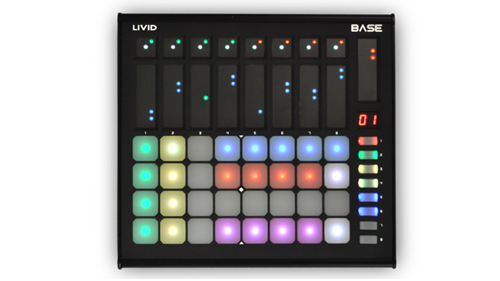
The good news is that there are people who enjoy the latter, and so we can expect a load of lovely templates, including some from Livid to emerge in the future. For now, the only one available is for Live 9, but this really does showcase Base's potential. Offering a number of different modes (accessed easily at the touch of a button), users can use it as a MIDI drum-pad or keyboard, a mixer and clip/scene triggering module, an effects controller and, even, a Push-style in-key MIDI controller with symmetrical grid layout, letting you play complex chord (and guaranteed in-key) chord progressions.
Within ten minutes of plugging it in, DJ Mag had written the breakdown chords for a new track. And we can promise that we would not have played anything so epic without Base to help us.
Livid’s Base is clearly awesome, but is it worth splashing the cash on one? It is comparable in price to Maschine or Push (and other similar software-centric solutions), and all of these can be employed with other platforms. So all are very versatile. But there's more to Livid’s Base than that — it is hands on, and in a new and fun way. That said, if you’re only using Live, Push is a better buy. But if you’re in the market for a controller that can be — and do — so many things, is well built and looks pretty damn slick, Livid’s Base could just be the one for you.
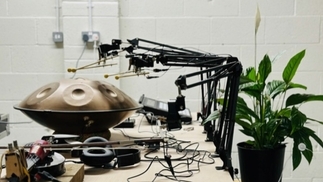
![Screenshot of [untitled] app interface](/sites/default/files/styles/djm_23_323x182_jpg/public/2023-09/untitled-app-music-new-1400x700.jpg?itok=pro0ZaB4)
